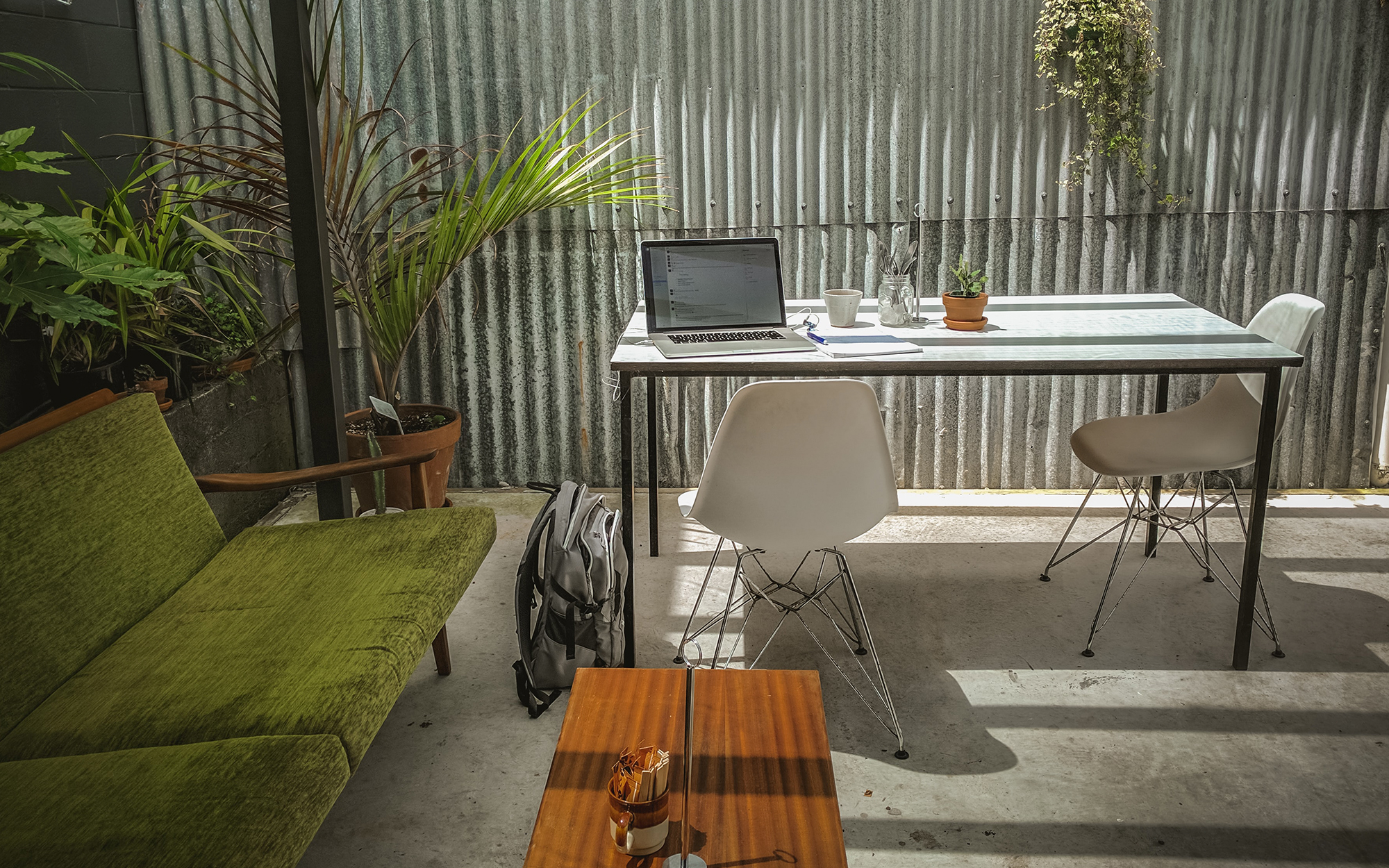Interior design styles are ever-changing as with each decade, they have a staple look. Designs seem to evolve and reappear, with trends having a story behind the look which reflect what is happening in the world at the time.
Did you know that even the seasons and a nation’s obsession with space travel have influenced interior design trends?
In this article, we’ll explore different interior design styles from the past 10 decades by looking at several factors, including the impact of the post-war era, along with the ability for mass production through the development of industrialisation.
The 1910s – Art Deco Interiors
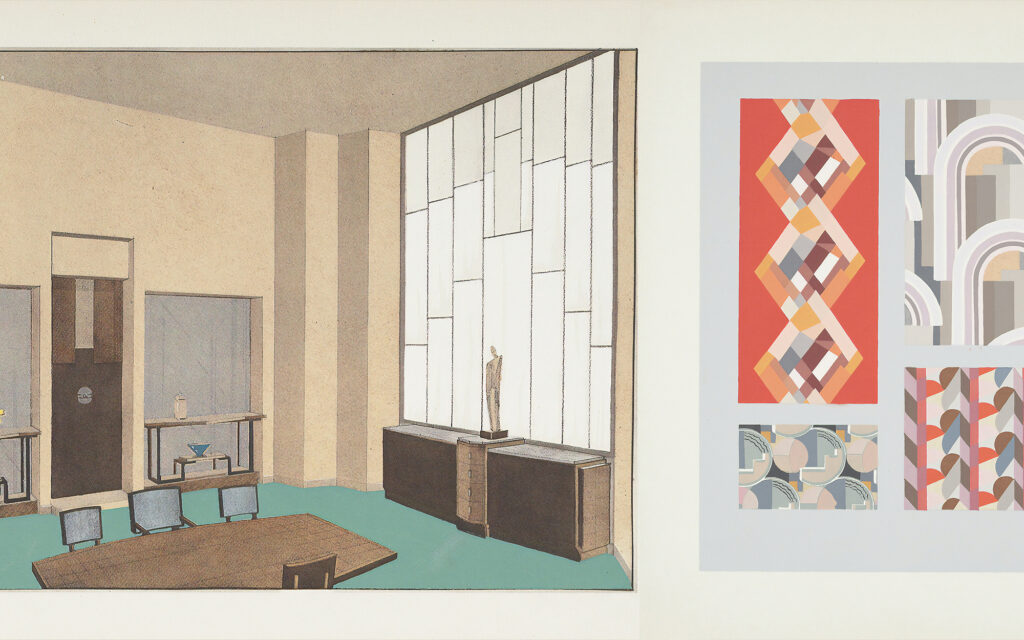
The Art Deco Style reflected admiration for the modernity of machines at the time. Pieces were elaborate and atypical, whilst the distinctive and glamorous movement used round mirrors, geometric textiles and stainless steel framed sofas.
Also, most often, furniture and decoration pieces would combine multiple materials into single items. The style went out of fashion in most places during World War II, but there was a renewed interest in Art Deco in the late 60s and 21st centuries.
The 1920s – The Bauhaus Movement
The Bauhaus Movement originated from a German school of the arts which eventually morphed into its own design and art movement.
Some of the most famous furniture designers that went to the Bauhaus school include Ludwig Mies Van der Rohe, who designed iconic pieces such as the Barcelona Chair and Barcelona Daybed.
This interior design style combines form and function with minimal detail whilst making a statement by embracing bold and primary colours. Most furniture in the 1920s was made from wood, but during the Bauhaus movement, designers utilised materials that were revolutionary at the time, as they experimented with tubular steel, glass, plywood, and plastic.
Many pieces of furniture designed during this interior trend were lightweight and featured thin, slender, and straight legs. Today, Bauhaus is still renowned for its unique aesthetic and enduring influence on modern and contemporary art.
The 1940s – Modernism
A lot of people presume modern interior design is based on the current interior styles, however, it actually refers to the 1940s, when the modern movement took place.
It is inspired by the machine age and new technologies when more designers began to have an analytical approach to interior design, as there was less emphasis on decoration and more focus on form and function.
This period marked the era of the mantra that “less is more”, and homes were being designed and made minimal when compared to previous interior design styles and trends.
The 1950s – Scandinavian Design
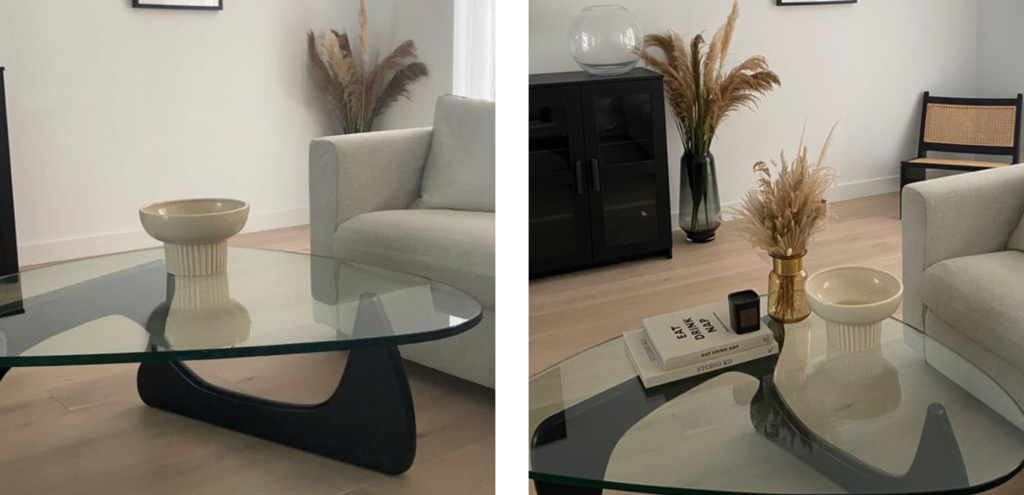
The introduction of Scandinavian furniture was a significant part of the modernist movement. It was influenced by Nordic regions where their winter days were cold and short, and the desire for interiors to be cosy yet bright was a crucial key to the trend.
There was a demand for affordable furniture due to the slum of post-war, which meant furniture was produced with low-cost and durable materials. The designs followed a neutral colour palette and a minimalist form and function design.
These practical considerations led to a new level of spare elegance and a fondness for lighter colours, simple forms, and open-plan spaces. During this time, influential designers brought us simple and elegant pieces such as the Statement Chairs.
The 1950s – Mid-Century Modern
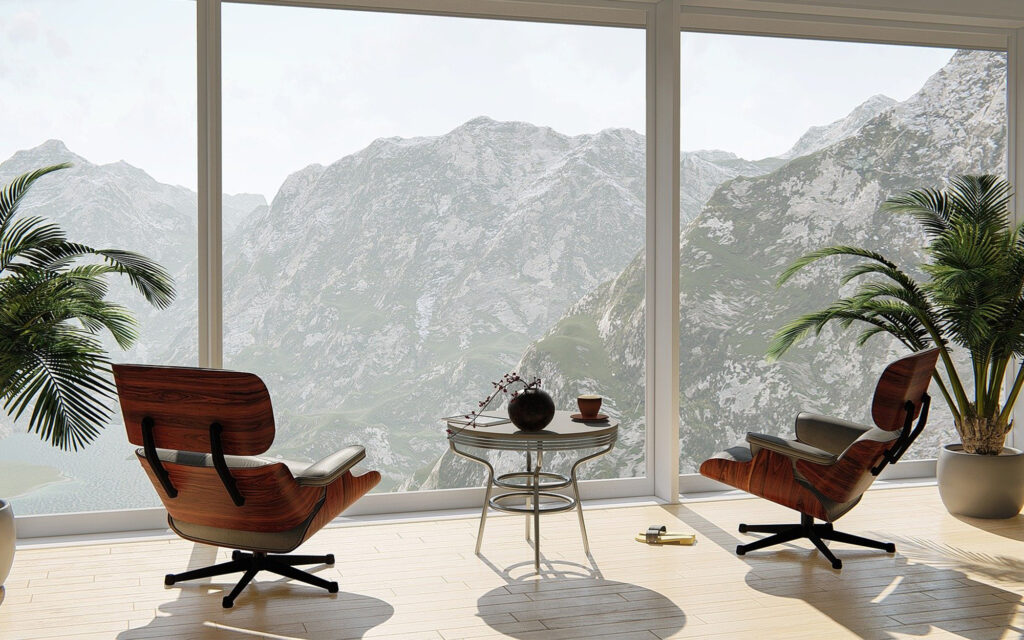
Across the pond, America was creating its rival modern design movement that was later called “Mid-Century Modern” by art historian Cara Greenberg. The concept of the design was simple, to create functional yet aspirational furniture that was accessible to general people.
The style started appearing on the West Coast of America, where architects focused on bringing modernity to post-war suburbs. The buildings were designed to be contemporary and practical family homes, as this was the “Baby Boomer” era.
Some of the most prominent American Mid-Century designers started introducing their easy and casual Californian aesthetic, along with their motto, which appealed to mass people across the country.
Their mass-produced furniture was functional, simple, and elegant, yet was easy to afford, and its manufacture was the basis of their many furniture designs. They used clean, simple lines, geometric silhouettes, and multi-purpose usage to create truly unique pieces.
The 1960s – Space Age Era
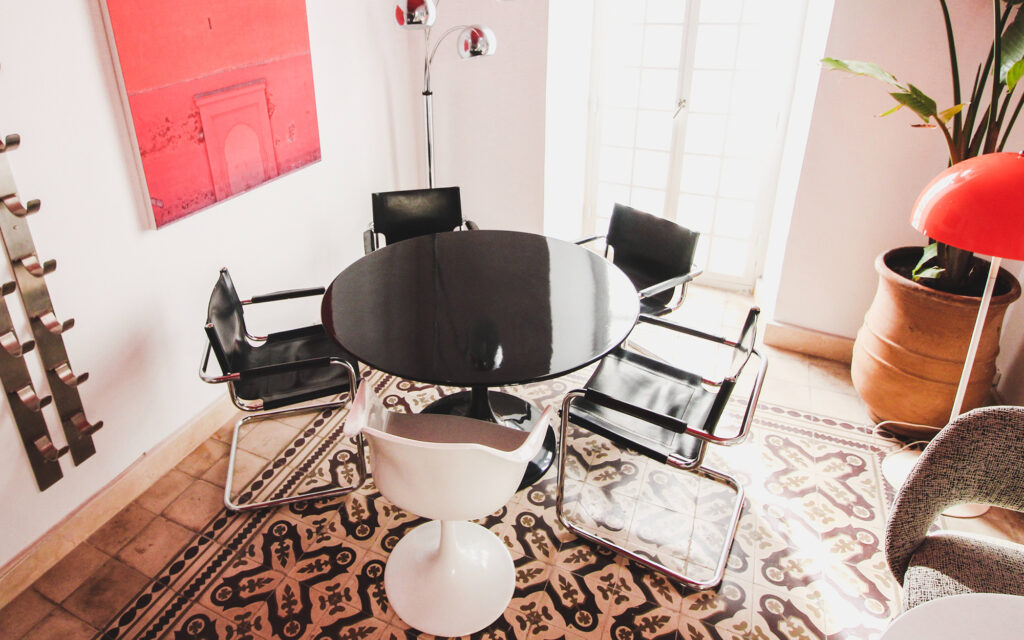
Putting an end to the grey post-war years, there was technological progress and economic recovery after years of struggling and healing. Society was finally ready for a change, and thanks to new integrated technology and new, enthusiastic designers embracing innovative materials, this took many types of interior design styles into the future.
Space Age furniture was a mixture of futuristic and organic design. There was a fascination with fluid shapes and sleek forms that could be achieved through a clever, new use of materials. The moon landing triggered even bigger hype for space travel as it seemed closer than ever.
Designer Eero Aarnio seemed to embrace the space age vision when he was designing his futuristic and innovative Ball and Bubble Chairs. With an unconventional approach to creating these designs, he was turned away by manufacturing companies as his ideas seemed to be impossible to produce.
The 1970s – Self Expression
During the hippie movement, the interior design landscape took a turn for the outdoors. With many pieces made from natural elements, we also saw an introduction of dark reds, mustard yellows, and dark greens, as earthy tones made a large impact.
Furniture and interiors were made to be environmentally friendly, and during this era, people began to think of the effects of the quickly developing technological and industrial industry.
The 1980s – Postmodernism
A reverse reaction to the direction of the modern movement from previous decades, postmodernism saw the use of bold colour, clashing patterns, the oversized scale for designs and excessive decoration.
The edgy and playful trend was short-lived but was seen as a proactive movement that challenged the establishment made by previous interior design styles. A robust rebellion, the design embraced unconventional ideas and artsy, extravagant styles.
The 1990s – Minimalism
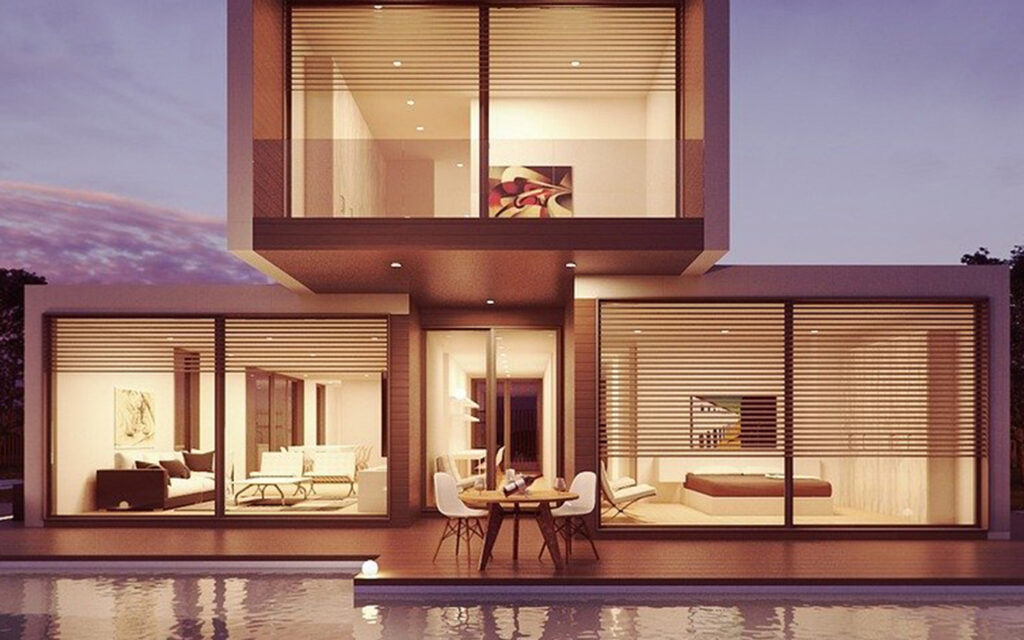
After the 1980s, wild and excessive interior trends, simple became a synonym for sophisticated. Trends settled down and moved back to the basics, as there was a heavy focus on creating a comfortable and welcoming home.
The 1990s saw a rise in DIY after many interior design and DIY shows started to be aired on television. This gave inspiration and enthusiasm to individuals, and if they had little knowledge before there was proof, they could’ve certainly begun to learn.
The 2010s – Bespoke Furniture
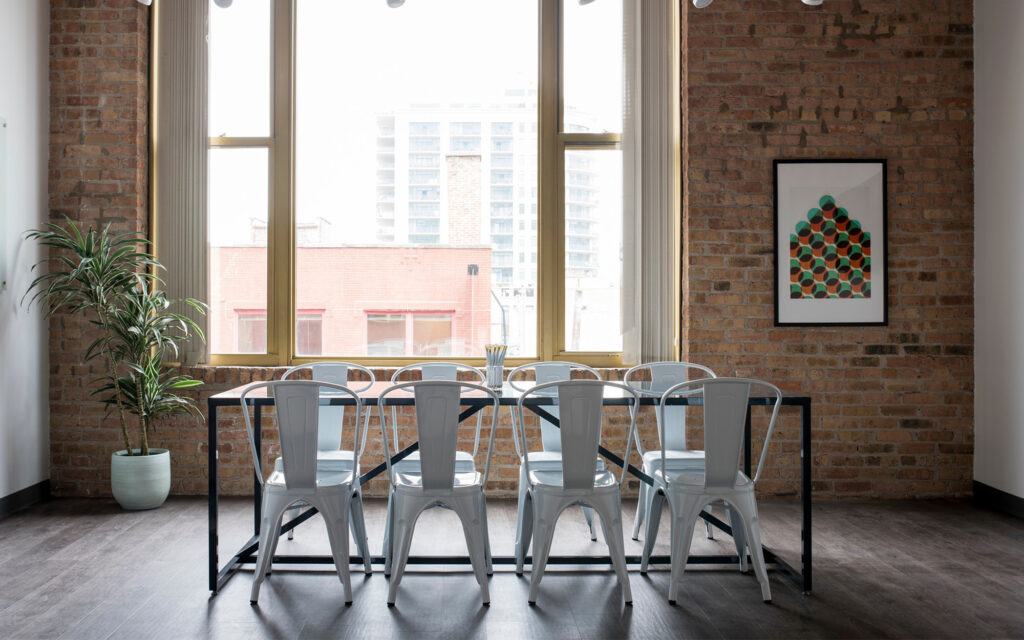
With smart technology being so accessible and the growing market of ecommerce stores, good design was virtually available to everyone. With a wider choice and a more diverse style, individuals began to expand on their choice of interior designs.
There are a lot of interiors that were styled from previous design trends, however, one that has recently become available is industrial interior design.
It is inspired by a growth of converted warehouses, factories, and high ceiling loft converted apartments, where homes use raw materials and earthy colour palettes whilst staying true to the building’s initial purpose in creating a stunning and liveable home.
With interior design styles making impressive changes over the past 100 years, thanks to inspiring designers, innovative technological advances, and revolutionary materials, the next 10 decades will be truly exciting for us and the world to see the progress made.

